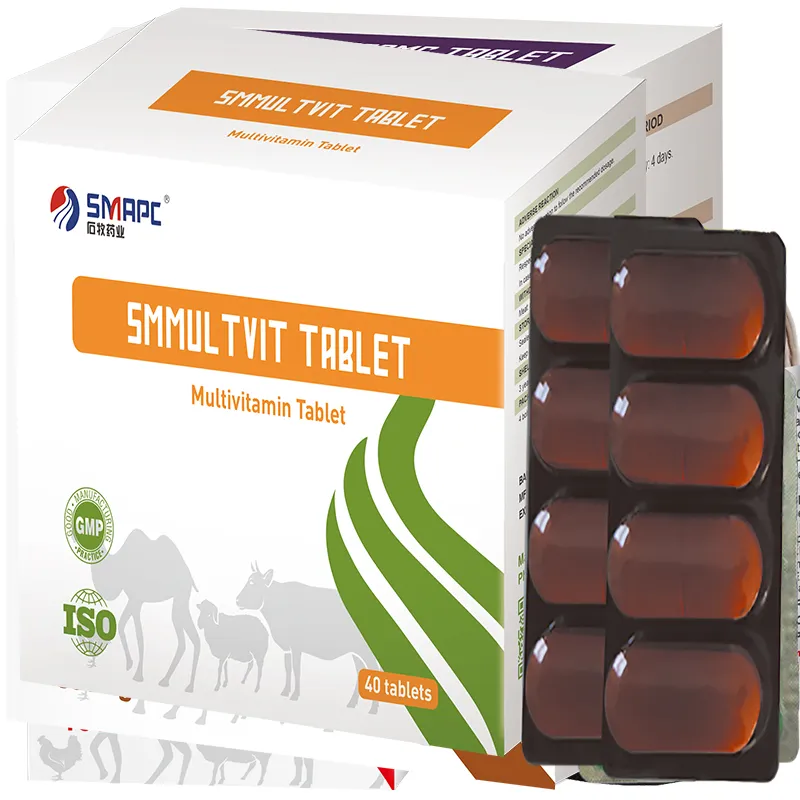- Implants and Microencapsulation These advanced parenteral forms deliver drugs over extended periods. They are typically used for hormones or chemotherapy agents.






